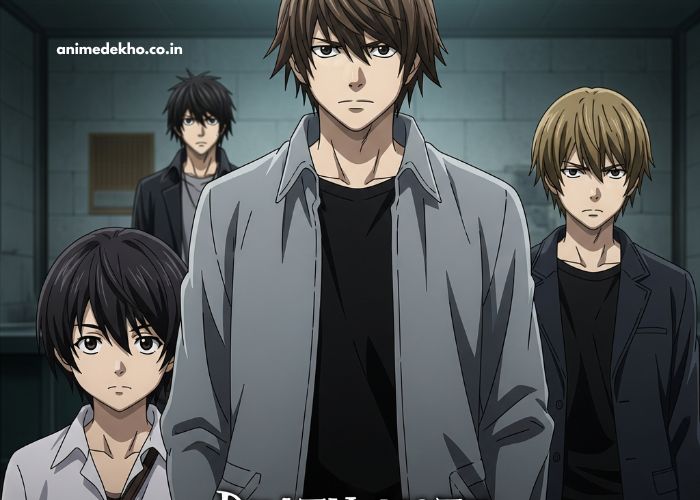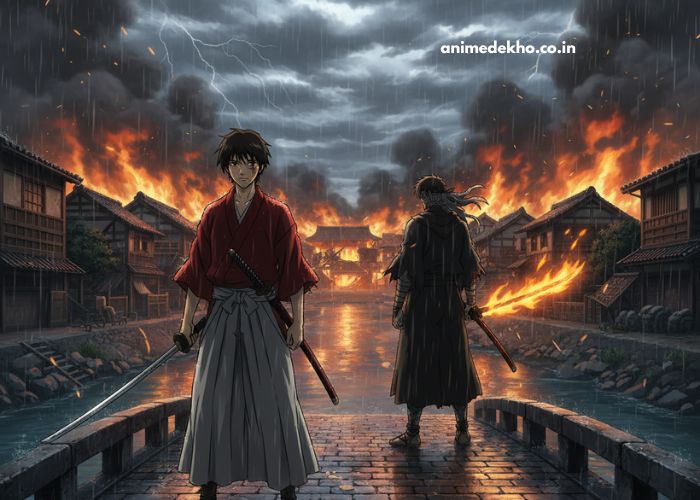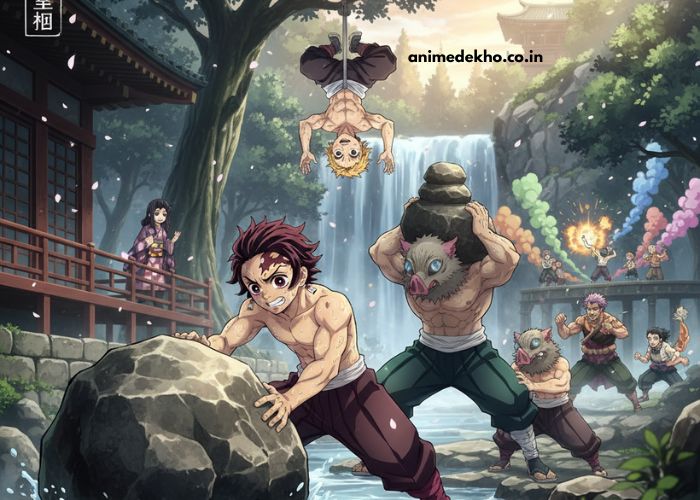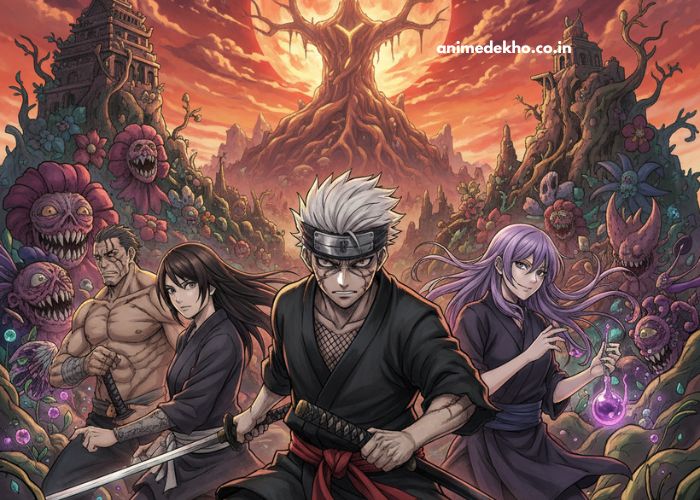| Important Point | Detail |
|---|---|
| Protagonist | Light Yagami |
| Antagonist | L |
| Key Object | Death Note notebook |
| Shinigami | Ryuk |
| Core Conflict | Light vs L (Justice vs Power) |
| Main Theme | Morality and corruption of power |
“Death Note” is not just an anime; it’s a cultural phenomenon that captivated millions worldwide. Based on the manga written by Tsugumi Ohba and illustrated by Takeshi Obata, the anime adaptation aired in 2006–2007. With its dark themes, brilliant storytelling, and unforgettable characters, “Death Note” remains one of the most iconic anime series ever created.
That Keeps You Hooked
At the core of “Death Note” is a supernatural notebook, dropped into the human world by the Shinigami (death god) Ryuk. The notebook grants its user the terrifying ability to kill anyone by simply writing their name in it, as long as the writer knows the victim’s face.
The story follows Light Yagami, a highly intelligent high school student who discovers the Death Note. Initially, he decides to use it for good, eliminating criminals and creating a utopian society where he reigns as “Kira.” However, his ambition quickly spirals into obsession and tyranny. Opposing him is the genius detective known as “L,” who challenges Light in one of the most suspenseful cat-and-mouse games in anime history.
Complex Characters That Define the Anime
-
Light Yagami – A brilliant but arrogant student who transforms from a justice-seeking teenager into a ruthless manipulator blinded by power.
-
L – The eccentric detective whose sharp intellect, odd mannerisms, and relentless pursuit of Kira make him one of anime’s most beloved characters.
-
Ryuk – The Shinigami who introduces the Death Note, serving as both comic relief and a reminder of the story’s dark origins.
-
Misa Amane – A devoted Kira supporter whose presence adds emotional complexity and unexpected twists.
The psychological battles and moral dilemmas faced by these characters elevate the anime far beyond typical shonen storytelling.
Resonate With Viewers
One of the reasons “Death Note” continues to resonate is its exploration of deep philosophical and ethical questions:
-
Morality and Justice – Who decides right from wrong? Is it justifiable to kill for a supposedly greater good?
-
The Corruption of Power – Light’s downfall illustrates how absolute power corrupts absolutely.
-
The Value of Life – Every name written in this represents a life extinguished, forcing viewers to confront the fragility of existence.
-
Identity and Secrecy – The battle between Light and L revolves around masks, hidden motives, and the pursuit of truth.
These themes challenge audiences to think critically, making “Death Note” more than just an anime it’s a moral study.
Impact on Anime Culture
“Death Note” received global acclaim upon release, expanding anime’s reach to mainstream audiences. Its psychological depth, mystery elements, and gothic art style introduced countless new fans to the medium. The series has inspired multiple live-action adaptations, novels, video games, and even a Hollywood film.
The anime’s influence extends beyond entertainment it is often used in discussions about philosophy, law, and ethics in pop culture studies. Its themes of morality and justice still spark debates among fans nearly two decades later.
Why Death Note Still Matters Today
Even years after its release, “Death Note” continues to be a must-watch anime. It paved the way for other psychological thrillers like “Code Geass” and “Psycho-Pass.” Its 37-episode format ensures a compact yet powerful narrative without unnecessary filler. The anime’s rewatch value remains high due to its layered storytelling and subtle foreshadowing.
Conclusion
“Death Note” is more than an animeit’s a gripping exploration of justice, morality, and the human psyche. With unforgettable characters, a suspenseful plot, and thought-provoking themes, it rightfully stands as one of the greatest anime ever made. Whether you’re a seasoned anime fan or a newcomer, “Death Note” is a timeless masterpiece that deserves a place on your watchlist.





